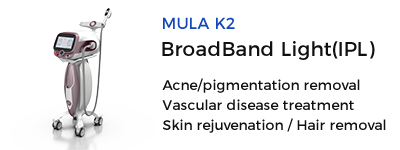Acne in Teenagers vs. Acne in Adults
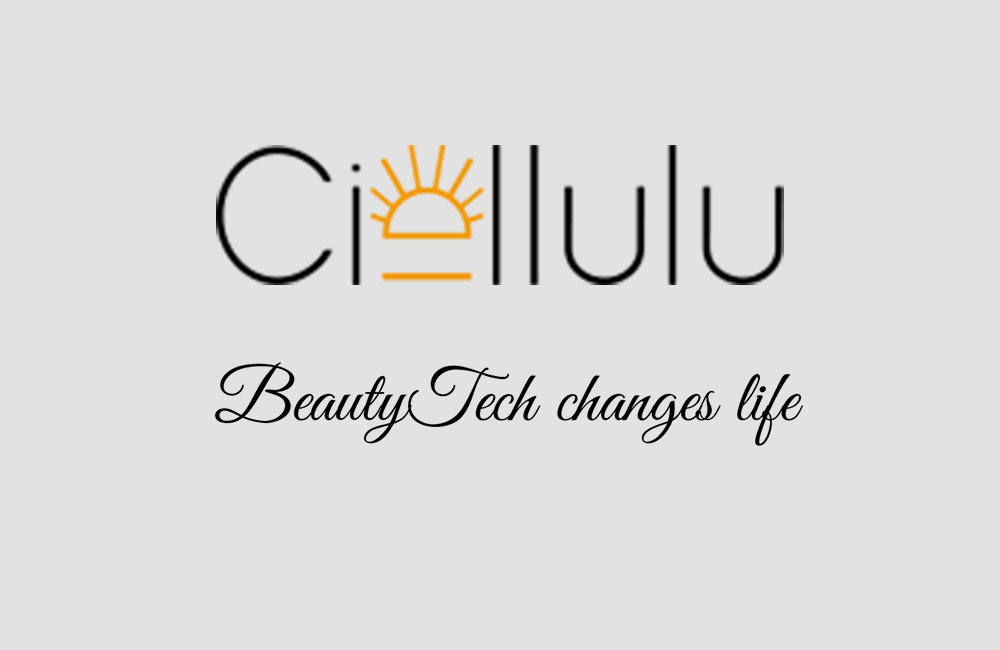
Acne in Teenagers vs. Acne in Adults
Title: Acne in Teenagers vs. Acne in Adults: Causes, Treatments, and Misconceptions
Acne is a common skin condition that impacts millions of people across different age groups. However, the nature and underlying causes of acne can vary significantly between teenagers and adults. This differentiation is crucial for selecting effective treatments and for managing expectations. This article explores the distinctions between teenage acne and adult acne, and the role of skin whitening treatments as part of the skincare routine.
Teenage Acne: Hormonal Havoc
Causes: Teenage acne primarily stems from the hormonal changes that come with puberty. Increased production of androgens (male hormones) triggers the sebaceous glands to produce excess sebum, an oily substance that lubricates the skin and hair. This sebum, combined with dead skin cells, clogs pores and creates the perfect environment for Propionibacterium acnes (P. acnes) bacteria to flourish, leading to inflammation and acne lesions.
Characteristics: - Typically appears on the T-zone (forehead, nose, and chin). - Includes blackheads, whiteheads, papules, and pustules. - Acne can be more severe in teenagers with a genetic predisposition.
Treatments: The treatment for teenage acne often involves over-the-counter topical solutions containing benzoyl peroxide, salicylic acid, or retinoids. In some cases, dermatologists may prescribe oral antibiotics or hormonal treatments such as birth control pills for females.
Adult Acne: A Multifaceted Issue
Causes: Adult acne is often more complex, with triggers that include hormonal fluctuations (such as during menstrual cycles, pregnancy, or menopause), stress, diet, and skincare products. Certain medical conditions, like polycystic ovary syndrome (PCOS), can also contribute to adult acne.
Characteristics: - Commonly appears on the lower face, jawline, and neck. - Often presents as deeper, painful cysts and nodules. - More prevalent among women due to hormonal changes.
Treatments: Adult acne may require a combination of treatments. Topical retinoids, chemical peels, and corticosteroid injections are commonly used. Hormonal treatments like anti-androgens or oral contraceptives are also options. Additionally, adult skin tends to be drier, and treatments may incorporate moisturizing agents to avoid irritation.
Skin Whitening Treatments: A Double-Edged Sword
What are they? Skin whitening treatments, also known as skin lightening treatments, aim to reduce pigmentation, dark spots, and even out skin tone. Ingredients like hydroquinone, kojic acid, and certain natural extracts are often used in these products.
Teenagers and Skin Whitening Treatment: Teenagers are more likely to misuse skin whitening treatments. The desire for perfect skin can lead them to try potent creams without proper guidance, potentially resulting in irritation, increased sensitivity, and worsening of acne. For teenagers, it is crucial to seek advice from a dermatologist before using such treatments.
Adults and Skin Whitening Treatments: Adults might turn to skin whitening treatments to address the hyperpigmentation and scars left by acne. When used correctly and under professional supervision, these treatments can help in achieving a more uniform skin tone. However, it's essential to use products formulated for adult skin to avoid dryness and irritation.
Misconceptions and Caution
Both teenagers and adults may fall prey to the misconception that skin whitening treatments can replace acne treatments. However, skin whitening treatments do not address the root causes of acne and may sometimes exacerbate the condition. It is vital to prioritize acne-specific treatments before considering skin whitening options.
Conclusion
Understanding the differences between teenage acne and adult acne is critical for effective treatment. Teenagers deal primarily with hormonal changes, while adults face a more complex array of triggers. Both groups must approach skin whitening treatments with caution, ensuring that these are used correctly and under dermatological supervision to prevent adverse effects. Proper skincare, guided by a healthcare professional, can help both teenagers and adults achieve clearer, healthier skin.
By tailoring treatments to the specific needs of each age group and carefully integrating skin whitening treatments when appropriate, acne can be managed more effectively, leading to better skincare outcomes and improved confidence.

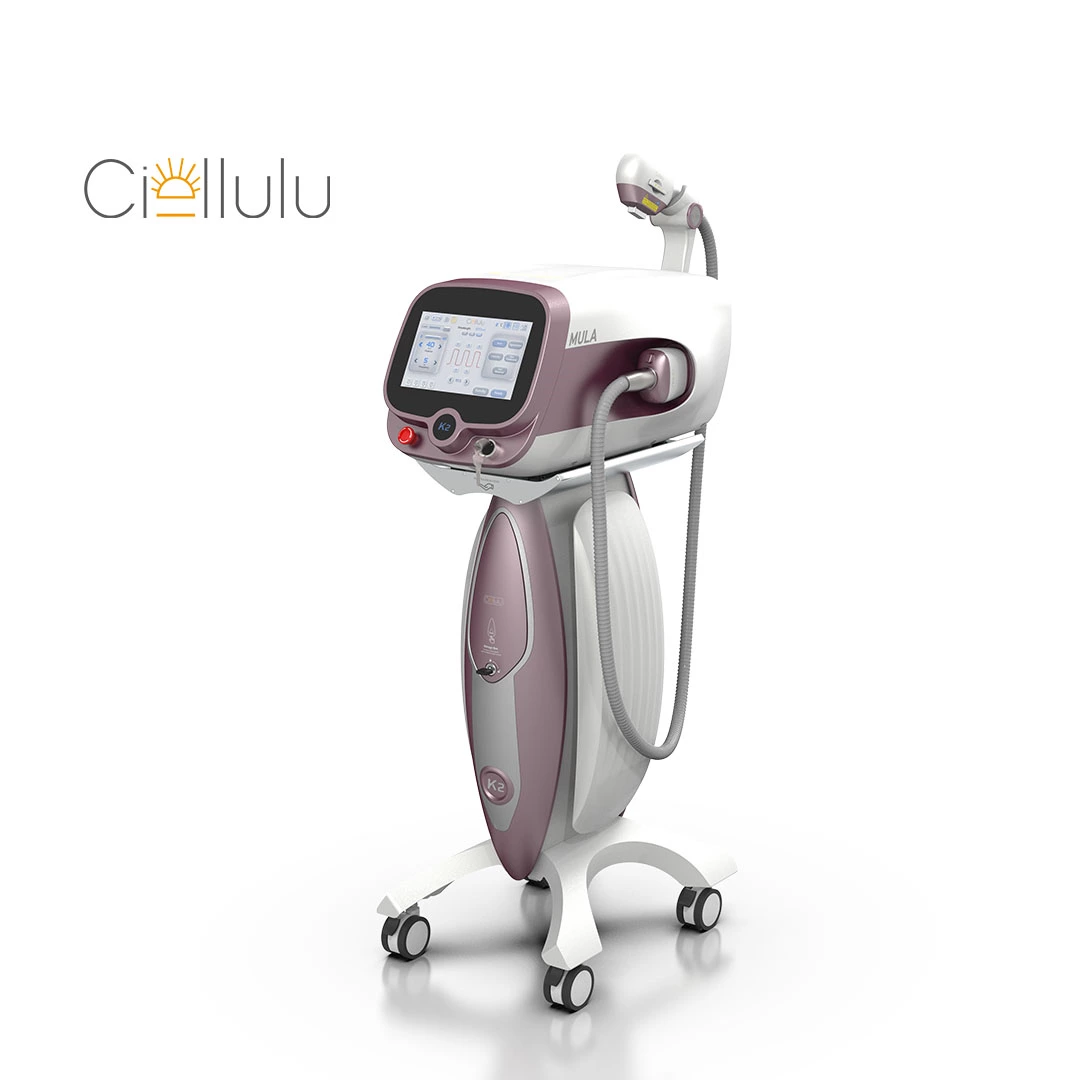
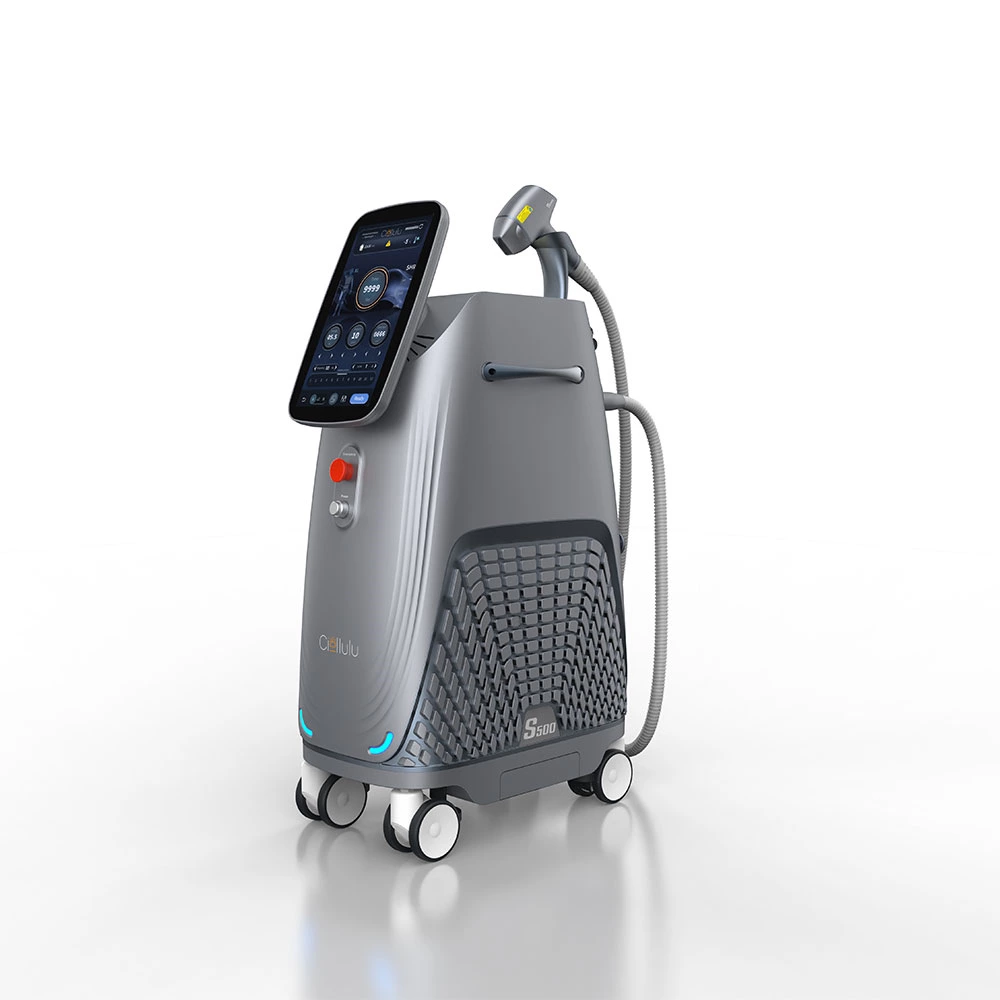
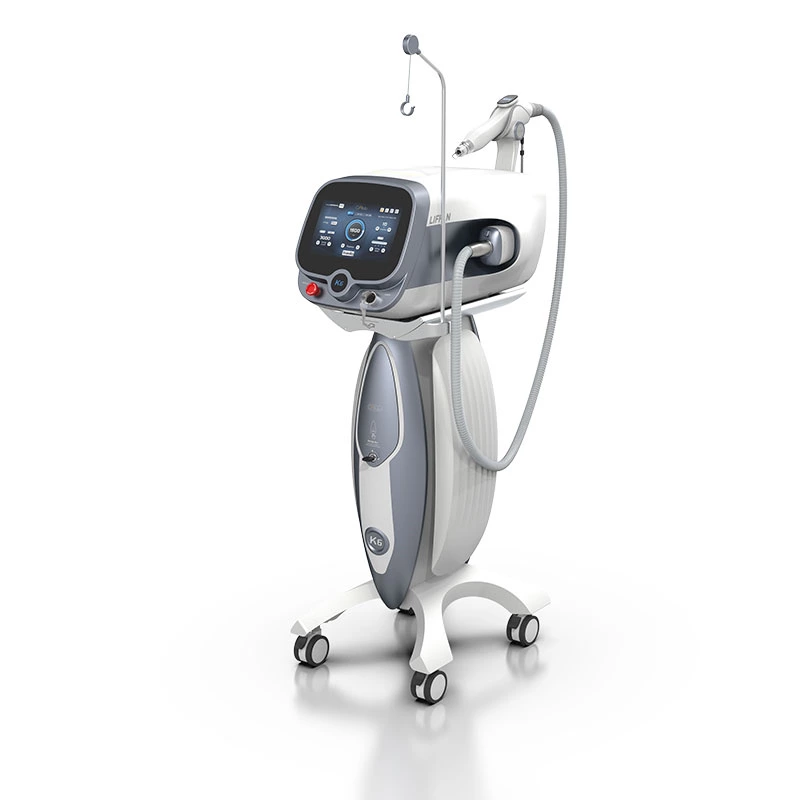
 Ciellulu Laser - Facial Machine Supplier
Ciellulu Laser - Facial Machine Supplier